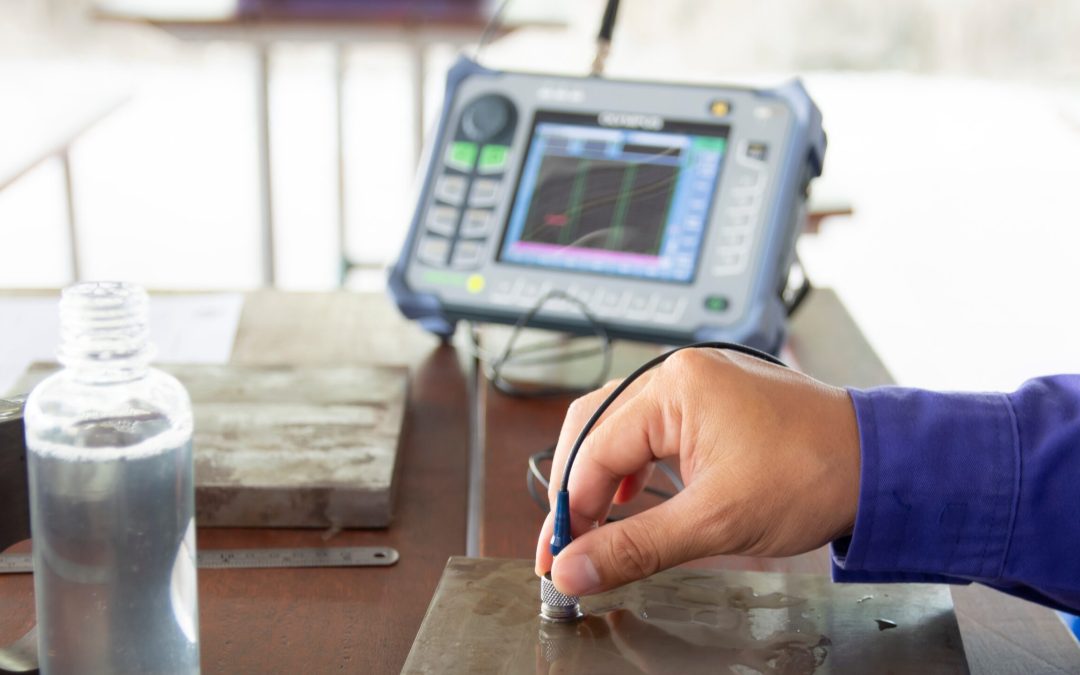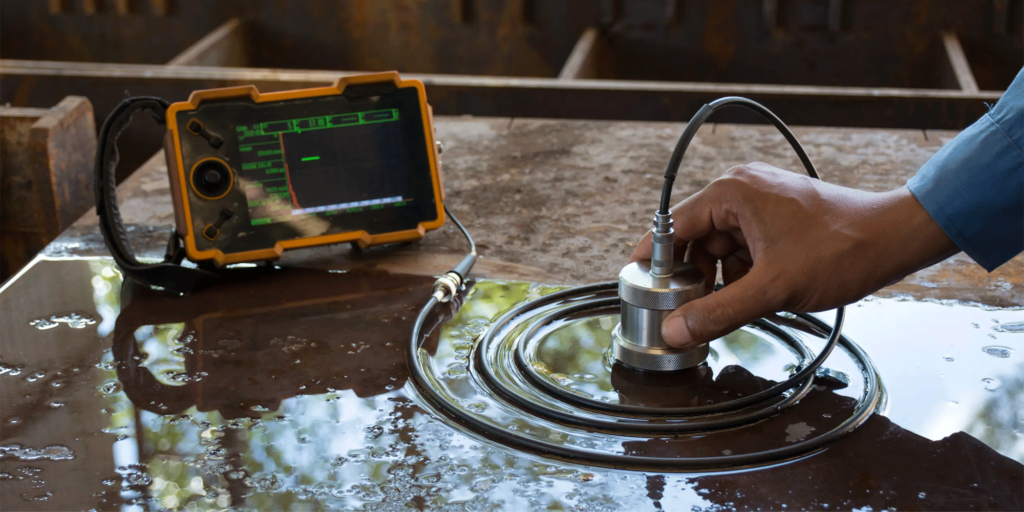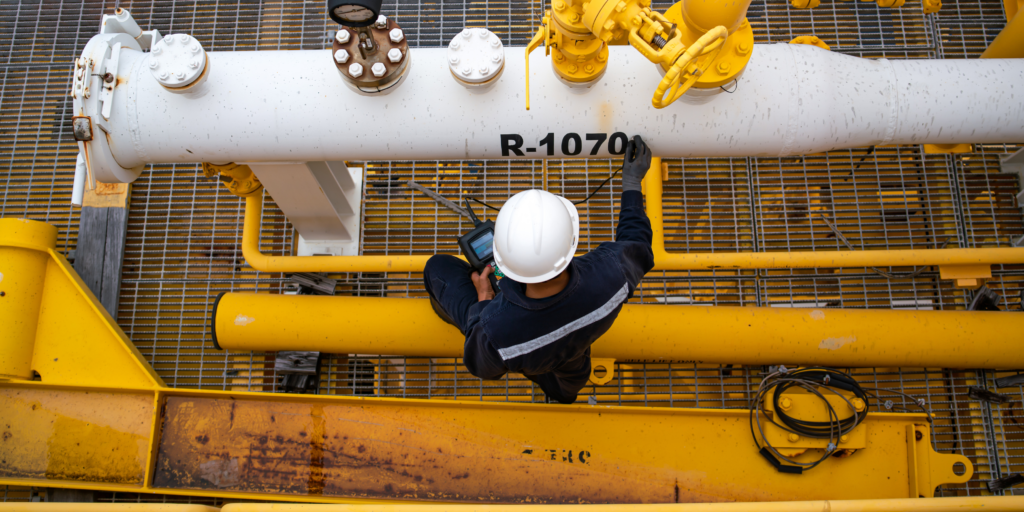In today’s rapidly evolving industrial landscape, the need for precision in inspections has never been more critical. To achieve this precision, industries are increasingly turning to synchronization techniques. But how exactly does synchronization improve inspection accuracy? This article delves into the importance of synchronization and its transformative effects on inspection processes.

Understanding Synchronization in Inspections
Synchronization, in the context of inspections, refers to the harmonious coordination of various processes and technologies to ensure that inspections are carried out with the highest degree of accuracy and efficiency. This involves aligning data, equipment, and personnel to work seamlessly together.
The Role of Technology in Synchronization
With advancements in technology, synchronization has become more achievable than ever before. Technologies such as AI and IoT have enabled industries to synchronize their inspection processes, leading to improved accuracy and reduced errors. For instance, AI-powered tools can analyze vast amounts of data in real-time, providing insights that enhance decision-making during inspections.
For a deeper understanding, consider exploring how AI optimizes HVAC controls to see synchronization in action.
Benefits of Synchronization in Inspection Processes
Enhanced Data Accuracy
Synchronization ensures that all data collected during inspections is accurate and up-to-date. By aligning data from various sources, industries can minimize discrepancies and ensure that their inspection results are reliable.
Improved Efficiency
When different elements of an inspection process are synchronized, the overall efficiency of the process is significantly enhanced. This means inspections can be completed faster without compromising on quality. Learn more about how real-time anomaly alerts aid in efficient inspections.
Challenges in Achieving Synchronization
Despite its numerous benefits, achieving synchronization in inspection processes is not without challenges. These challenges include integrating diverse technologies, managing large data sets, and ensuring seamless communication between different process elements.
Overcoming Technological Barriers
To overcome technological barriers, industries must invest in compatible technologies and ensure that their workforce is trained to use these technologies effectively. For instance, implementing AI-driven tools can significantly enhance synchronization, as highlighted in refrigerant level detection.
Case Studies: Successful Synchronization
Several industries have successfully implemented synchronization in their inspection processes, resulting in enhanced accuracy and efficiency. These case studies serve as a testament to the transformative power of synchronization.
Case Study 1: Manufacturing Industry
In the manufacturing sector, synchronization has played a pivotal role in improving product quality and reducing defects. By aligning inspection processes with production schedules, manufacturers have achieved unprecedented levels of accuracy.
Case Study 2: Energy Sector
In the energy sector, synchronization has enabled companies to conduct inspections more efficiently, leading to reduced downtime and improved operational efficiency. Explore energy usage patterns to understand how synchronization benefits energy inspections.
Future Trends in Inspection Synchronization
As technology continues to evolve, the future of synchronization in inspections looks promising. Emerging technologies such as blockchain and advanced sensors are set to revolutionize how inspections are conducted, offering even greater accuracy and efficiency.
The Role of AI and Machine Learning
AI and machine learning are expected to play a significant role in future synchronization efforts. These technologies will enable industries to analyze data more effectively and make informed decisions during inspections.
For those interested in the tools available, explore technician tools using AI to understand the future landscape.
Conclusion
In conclusion, synchronization is a powerful tool that enhances inspection accuracy across various industries. By harnessing the power of technology and aligning processes, industries can achieve greater precision in their inspections, leading to improved product quality and operational efficiency. As technology continues to advance, the potential for synchronization to further revolutionize inspections is limitless.

FAQs
What is synchronization in inspections?
Synchronization in inspections involves coordinating processes and technologies to enhance accuracy.
How does technology aid in synchronization?
Technology, such as AI, helps by analyzing data in real-time and providing insights for better decision-making.
What challenges are faced in achieving synchronization?
Challenges include technological integration, data management, and ensuring seamless communication.
This article contains affiliate links. We may earn a commission at no extra cost to you.
